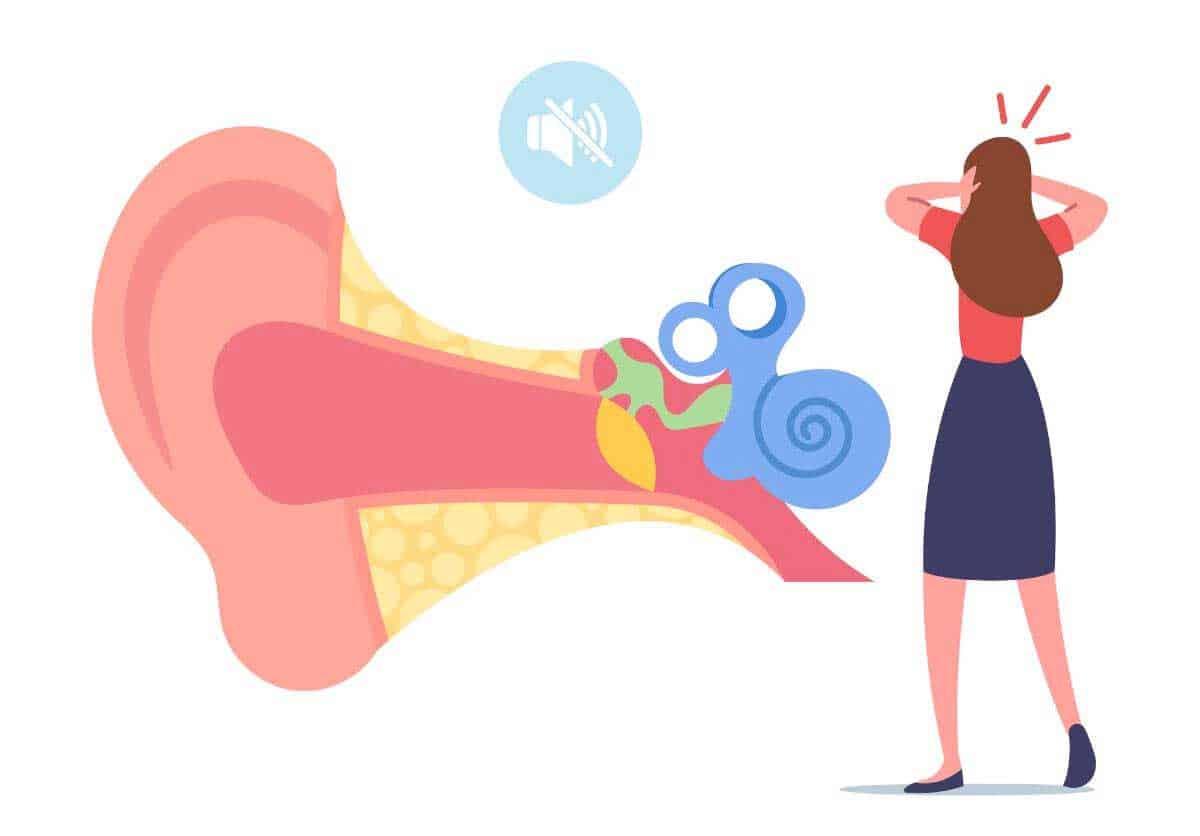Blog
Blog
The latest findings on otosclerosis

Researchers from Canada’s Memorial and Western Universities recently identified the first gene linked to otosclerosis, a common cause of progressive hearing loss in adults. This discovery could help develop new drugs and therapies to treat or prevent this condition. Here’s what you need to know about otosclerosis.
What’s otosclerosis?
Otosclerosis is a condition that affects the growth of a tiny bone in the middle ear known as the stapes. This abnormal growth prevents the stapes from vibrating in response to sound waves. These vibrations are what allow you to hear. Therefore, if the stapes can’t vibrate, you may experience mild to severe hearing loss.
What causes otosclerosis?
Experts aren’t entirely sure what causes otosclerosis. However, studies show that otosclerosis typically begins in early to mid-adulthood and is more common in women than in men.
It may be related to a previous measles infection, immune disorders or stress fractures to the bony tissue surrounding the inner ear. Moreover, otosclerosis is often hereditary. In fact, more than half of all people with otosclerosis are born with a gene linked to this condition.
Symptoms of otosclerosis
The most common symptom of otosclerosis is gradual hearing loss. In most cases, people with otosclerosis have hearing loss in both ears. However, approximately 10 to 15 per cent of individuals have hearing loss in one ear. Moreover, it can take months or years to notice a difference in your hearing.
Hearing loss usually makes people speak loudly and struggle to hear when there’s background noise. But, in the early stages of otosclerosis, many people may hear better when talking in loud, busy places. This is because the hearing loss caused by otosclerosis makes it challenging to hear deep sounds. However, people usually speak in raised or high-pitched voices in noisy environments, making them easier to hear.
Additionally, individuals with otosclerosis may experience tinnitus, a condition that causes you to hear ringing, hissing, buzzing or roaring sounds in your head. In fact, four out of five people with otosclerosis have tinnitus. Some people may also experience vertigo, an extreme form of dizziness that makes it feel like you or your surroundings are spinning. This is a rare symptom of otosclerosis. However, it can happen if the condition affects the balance system in your inner ear.
If you have any of the above symptoms, promptly speak with your doctor. You may be referred to an audiologist for a comprehensive hearing evaluation. You may also be advised to see an ear, nose and throat (ENT) doctor for an imaging test to analyze the movement of the stapes within your ear.
How to treat otosclerosis
There’s no cure for otosclerosis. However, many people with this condition wear hearing aids. This doesn’t cure or prevent hearing loss, but it can drastically improve your quality of life. A hearing specialist can tell you about different types of hearing aids and recommend a model that suits your age, budget and lifestyle. For example, in-the-ear (ITE) and invisible-in-canal (IIC) are small and discreet, and some can be worn inside your ear, so they’re not obvious.
If your hearing loss is very severe, you may need surgery. The procedure is called a stapedectomy and involves removing the stapes and replacing it with a new, mobile, prosthetic bone. After the surgery, it usually takes about two to four weeks to notice a difference in your hearing. Fortunately, eight out of 10 people report an excellent improvement in their hearing.
The latest research in otosclerosis
Now that scientists know more about the specific gene that triggers bone growth in the ear, therapeutics could be developed to suppress the expression of these triggers and stop otosclerosis from progressing. Researchers also hope that, as pharmacological treatments advance, treatments can be targeted towards the specific gene or pathway that causes the disease.
Hearing specialists in Alberta
If you think you may be suffering from hearing loss due to otosclerosis, the team of audiologists at Soundwave Hearing Care can help. We offer comprehensive hearing tests to help you reach an accurate diagnosis. We also provide various hearing devices, like hearing aids and FM systems. For more information about our products and services, please contact us at one of our locations in Calgary, Lethbridge, High River or Grande Prairie.
All the blogs are reviewed and edited by our clinic's lead audiologist, Dr. Anne Wooliams. Dr. Woolliams is an experienced audiologist specialized in pediatric audiology, auditory processing, and tinnitus/sound sensitivity therapy. She is dedicated to providing top-notch hearing care and helping her clients improve their language and communication abilities. Dr. Woolliams' expertise in literature and linguistics, combined with her passion for helping people improve their language and communication, make her an incredibly valuable asset in the field of audiology. Learn more about Dr. Woolliams.
